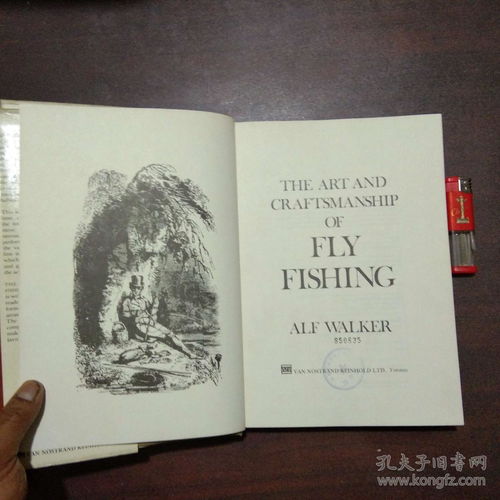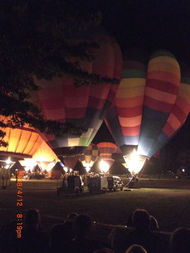Introduction:
Fly fishing, an ancient and revered sport, requires a blend of skill, patience, and understanding of the water and its inhabitants. One of the most effective techniques in fly fishing is the scatter shot, which involves casting a line in a way that mimics the natural movement of food sources in the water. This article delves into the intricacies of using the scatter shot technique, providing you with the knowledge to enhance your fly fishing experience.

Understanding the Scatter Shot Technique:
The scatter shot is a method used to present a fly in a way that it appears to be scattered or scattered across the water's surface, resembling natural food sources like insects or baitfish. This technique is particularly useful in still waters or slow-moving streams where a more erratic and unpredictable presentation can trigger strikes from wary fish.
Choosing the Right Equipment:
To effectively use the scatter shot technique, you'll need the following equipment:
Fly Rod: A fly rod with a medium to fast action is ideal for the scatter shot. The rod should be long enough to allow for long casts and have enough backbone to handle the weight of the fly line and leader.
Fly Line: A floating or intermediate fly line is suitable for the scatter shot. The line should be long enough to cover the distance you need to cast and have a good turnover.
Leader and Tippet: A leader of 9 to 12 feet with a tippet of 6 to 10 pounds is generally sufficient. The leader should be tapered to ensure a smooth transition from the fly line to the fly.
Fly: The choice of fly depends on the species you're targeting and the conditions of the water. For the scatter shot, a fly that resembles a natural food source is best.
The Scatter Shot Casting Technique:
Preparation: Start by making a false cast to the side to load the rod with line. This will ensure that you have enough line out to perform the scatter shot.
The Cast: Begin the cast by sweeping the rod back and then forward with a quick, flicking motion. The key is to use a combination of power and wrist action to create a fast and erratic cast.
The Scatter: As the fly lands on the water, allow it to move erratically by manipulating the rod tip. This can be done by making small, quick adjustments to the rod's angle and by twitching the line with your fingers.
Retrieve: After the fly has been in the water for a few seconds, begin a slow and steady retrieve. The retrieve should be smooth and natural, mimicking the movement of the fly as it swims or floats.
Tips for Success:
Practice: The scatter shot technique requires practice to master. Spend time casting in different conditions to become more proficient.
Timing: The timing of your cast and retrieve is crucial. The fly should land softly on the water and then begin to move erratically immediately.
Adaptability: Be prepared to adjust your technique based on the conditions and the behavior of the fish. Sometimes a more subtle presentation may be more effective.
Patience: Like all aspects of fly fishing, patience is key. Wait for the fish to come to you rather than forcing the issue.
Conclusion:
The scatter shot technique is a powerful tool in a fly fisher's arsenal, offering a unique way to present flies in a natural and effective manner. By understanding the equipment needed, mastering the casting technique, and applying the right tips and tricks, you can increase your chances of success on the water. Remember, the key to fly fishing is not just about catching fish, but also about enjoying the experience and the art of the sport. Happy fishing!












